Ivy, Hedera helix L., is an evergreen climbing vine. The stem of the ivy is branched and woody with up to 60 ft (20 m) height and many roots. Flowers are bisexual with a greenish-yellow color. The fruit is a spherical, shiny dark violet and berry.
Ivy blooms from August to October. Grows in moderately moist and shady deciduous forests, scrubs and rocky in places. It is widespread throughout at to 5400 ft (1800 m) altitude. It is found in Central, Western and Southern Europe.
Composition of ivy
Ivy contains saponin glycosides, oleanolic acid, vitamin E, tannins, malic and fumaric acid, mineral salts, pectin, gums, etc..
Growing ivy
Ivy is suitable for cultivation because it is a very original decorative element in any room, patio or garden. Ivy has about 15 varieties, of which the most popular is the English ivy.
It has leathery and glossy, dark green or light leaves that are arranged alternately along the stem. From late summer to late autumn, ivy blooms with beautiful and tiny yellow-green flowers, and in winter, it bears fruit resembling blueberries. Different types of ivy mainly differ in coloration and the shape of their leaves.
The most important condition for ivy to be able to thrive is that the air is sufficiently moist and the room keeps an average temperature. In the winter, it needs more light, and in the summer - more indirect sunlight and water. The best place are semi-shaded and fully shaded areas.
Ivy is best grown in mixed soil - compost, garden soil and sand. Needs a little feeding during spring and summer. Transplant each year, gradually increasing the size of the pot.
Watering depends on the season, but do not overdo it with the water. If the temperature is low enough, the soil dries more slowly. In winter, reduce the amount of water and in the summer, it is to be watered every day.
In the spring the tips of the ivy should be pruned, because in this way, you boost growth and the branching of stems. The main pests are ivy leaf aphids and mites. Therefore, except for the watering leaves, a preparation for spraying the leaves must be used against pests.

Collection and storage of ivy
The usable part of the ivy are its leaves. They are harvested during flowering - from June to August. Dried in the shade and stored in a cool, well ventilated area. Relative humidity of the dried leaves is 12%.
Benefits of ivy
Ivy has a very good vasoconstrictor, diuretic, vasodilator and clamping action. The curative effects of the plant are due to Saponin glycosides. Ivy may be used in airway inflammation, gout, leucorrhoea, rheumatism, a rich period, hepatic and biliary diseases.
Among health benefits, some of the ingredients of ivy are used in cosmetics, in particular, in the products against cellulite.
Traditional medicine with ivy
In folk medicine ivy is used for inflammation of the spleen, diarrhoea, coughs, jaundice, skin rashes. In the form of stems, ivy is used for topical application on burns. Fresh chopped leaves are used as means for corns and warts. Leaves boiled in vinegar 1:10 are used for hair loss and dandruff.
For internal use, 1 teaspoon of finely chopped leaves of ivy are boiled for 5 min in 1 2/3 cups (400 ml) of water. Potion is drank at 1 1/3 tbsp (20 ml), 1 hour before meals.
Dangers of ivy
Be careful while picking because the leaves can irritate the skin and mucous membranes. In large doses, ivy is poisonous and therefore should be taken with a prescription and medical supervision.
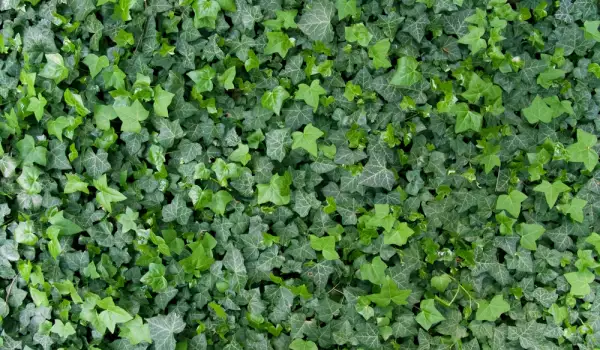
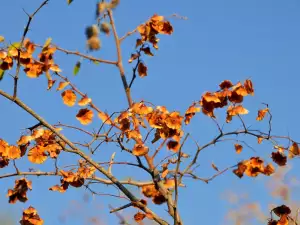
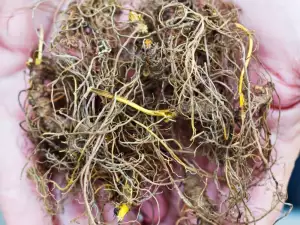
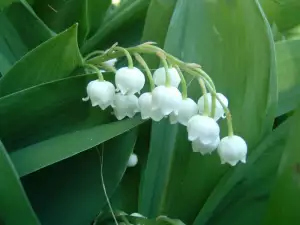
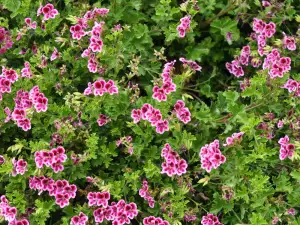
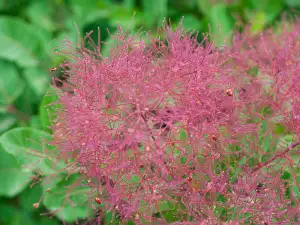

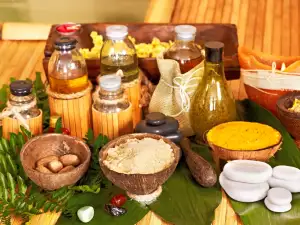

Comments